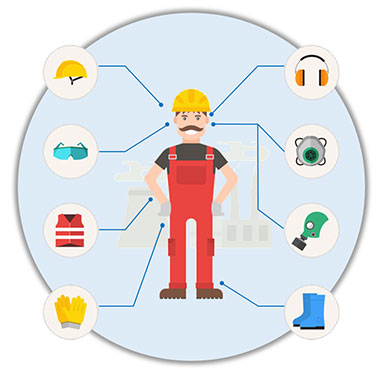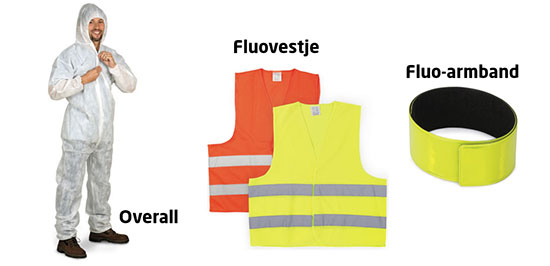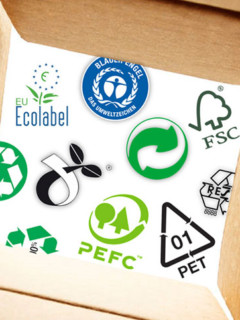Personal protective equipment or PPE are any accessories that can be worn or held by an employee to protect them in the workplace. Examples include safety gloves, helmets or dust masks.
Here, we show you how best to protect yourself and your colleagues. In addition, we stop at the requirements PPE must meet and which obligations you must take into account as an employer. Are you sure not to leave anything to chance?
1. What personal protective equipment exists?
The purpose of PPE is to eliminate external risks or reduce them to an acceptable minimum. For some resources, the impact is obvious, such as wearing safety glasses or gloves. Wearing a fluorescent jacket is more of an indirect means of protection: the jacket itself does not protect you from anything but it does provide increased visibility. PPE usually meets strict European requirements and often carries a CE mark.
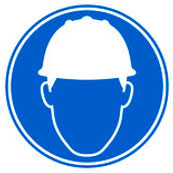
► Protect your head
When we think of head protection, we automatically think of a safety helmet. Choose a helmet with a customisable interior (for example, with a dial for size adjustment). In addition, make sure your helmet has sweat bands and vents. This makes prolonged wearing a lot more ‘airy’. Safety helmets that comply with European standard EN 397 offer protection against falling objects landing on the helmet.
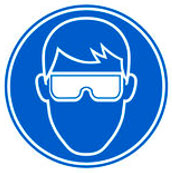
► Protect your eyes
For those without an eye for it, an accident is in a small corner. Our eyes are very vulnerable and therefore deserve proper protection, best in the form of safety glasses.Safety glasses are usually made of polycarbonate, a material 40 times stronger than glass. Depending on the version, safety glasses may be treated against UV rays, scratches and/or condensation. Within the safety glasses family, you have three choices:
- Standard splash goggles: vsimilar to regular glasses but fitted with side shields or a frame that continues on the side. There is thus less risk of lateral impact from small particles.
- Wide-view glasses: Alsocalled ‘goggles‘. These completely enclose your eyes and fit closely to the face.
- Overlay spectacles: This type of glasses can be worn over ordinary glasses. It is often used as visitor spectacles or for people already wearing corrective spectacles.


► Protect your hearing
“Can it be a bit quieter over there?” If you work in a noisy environment, it is best to protect your hearing with earplugs. Earplugs are made of a soft foam that adapts perfectly to your ear, ensuring high wearing comfort. Simple but effective. In combination with such earplugs, you can use ear muffs. This increases the protection factor for your ears. Moreover, you can put on and take off earmuffs faster than earplugs. Especially handy, therefore, for those who work in changing environments or situations.

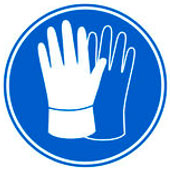
► Protect your hands
Whether you work at a desk or drive a forklift around, we use our hands constantly. As a result, hand injuries are common. However, your hands are better protected with the right gloves. A lot depends on the conditions and the products you work with. Follow this guide to safety gloves to find the right pair.

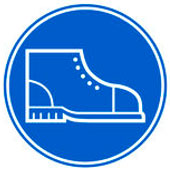
► Protect your feet
Just like your hands, your feet also deserve attention. If you or your colleagues work in a warehouse or with heavy goods, it is best to wear safety shoes. They are equipped with a reinforced nose made of plastic or steel. To know which shoe corresponds to the job you do, follow the safety classes (from S1 to S3). Class S2, for example, is designated for the metal sector and in food production. Class S3, on the other hand, is the minimum level in the construction sector.
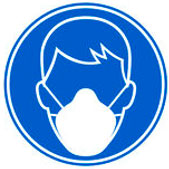
► Protect your respiratory tract
Inhaling dust or chemicals does our lungs no good. In fact, wearing a dust mask is mandatory on some work floors, especially for those working in the chemical, pharmaceutical or metal industries. The finer the ‘sieve’ of the dust mask, the better the filtration. There are three levels at which a dust mask filters:
FFP1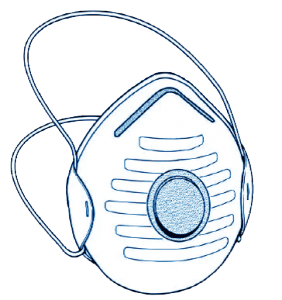 |
Protects against harmless smoke/dust/mist. | Examples: cotton particles, graphite, ferrous metals, calcium carbonate, stone/debris residue, hay, etc. |
FFP2 |
Protects against irritant smoke/dust/mist. | Examples: wood particles, particles of metal, resin and glass wool, seeds and mushrooms, etc. |
FFP3 |
Protects against toxic smoke/dust/mist. | Examples: ceramic fibres, rock wool, cadmium, chromium, etc. |
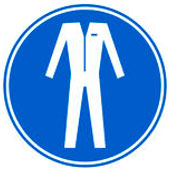
► Wear the correct protective clothing
Firstly, you can opt for coveralls that you put on over your regular clothes. There are simple models in these that protect you from dirt or dust. But you can also choose sturdier versions that protect you from small splashes of chemicals and acids. Overalls can be combined with overshoes or a hairnet to complete the picture.
Secondly, you can wear work trousers or fluorescent vests as a form of protective clothing. A fluorescent vest does not offer protection in itself. Rather, it is designed to increase your visibility. Still not unimportant. Somewhat similar are fluorescent safety bracelets. You simply clip or stick such an armband around your arm so that they do not hinder you from performing your tasks.
]2. What requirements must PPE meet?
Good personal protective equipment should meet the following requirements:
- A PPE must eliminate the risks for which it was designed, without itself creating new risks.
- It must be in line with the conditions at the workplace.
- You must be able to adapt it to the wearer. For example, safety shoes should be orthopaedically adaptable to the wearer’s feet. Safety gloves should be available in the right size for the wearer.
- If you wear several personal protective equipment at the same time, they should be compatible with each other without compromising their function.
3. What obligations do PPE entail?
► Obligations for the employer:
- Personal protective equipment must be made available to the worker free of charge.
- The employer must convey the necessary instructions for correct use and maintenance. He must also clearly indicate when PPE is mandatory.
- The employer is responsible for the maintenance, repair and disinfection of personal protective equipment. In case of wear or defects, he must provide timely replacement.
► Employee obligations:
- The employee is obliged to use the PPE imposed by the employer.
- He is obliged to participate in information and instruction. He must also properly maintain and store his PPE.
- In principle, employees are not allowed to take their PPE home. PPE must be stored at the workplace in an appropriate manner. However, the employer may make exceptions to this.
Remember that, as a rule, PPE is always personal. This means that they should not be worn consecutively by different workers. However, an exception to this can be made if they are adequately cleaned, dusted or disinfected each time there is a change of user.
Buy your Personal Protective Equipment here










